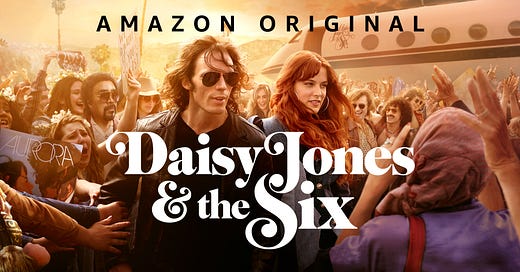What KIND of story is it? (A Star is Born: Daisy Jones & the Six, The Marvelous Mrs. Maisel, Babylon)
We’re working with Act II: Part 1, so it’s time to do another post on STORY PATTERNS - which you really start to see at work in this second quarter of a book or script. The KIND of story, or STORY PATTERN, is different from genre or subgenre.
There are hundreds of story patterns in books, movies, TV and plays - and when you start consciously spotting th…
Keep reading with a 7-day free trial
Subscribe to Screenwriting Tricks for Authors to keep reading this post and get 7 days of free access to the full post archives.



